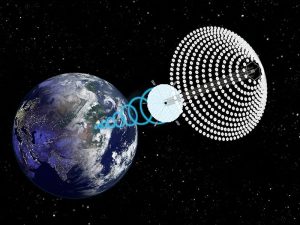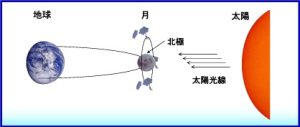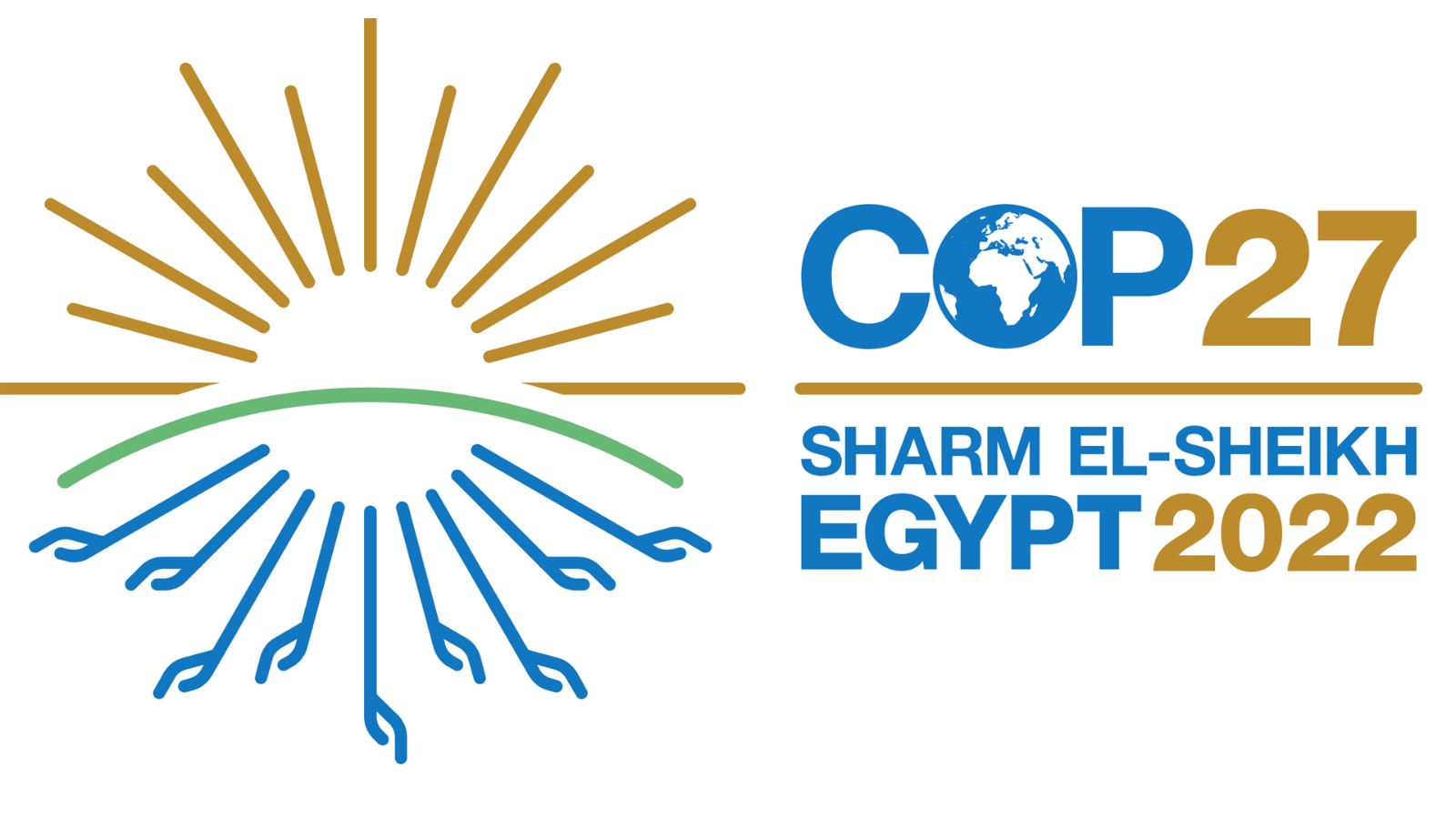COP-27 is underway in Egypt’s Sharm El Sheikh with a basic goal laid out in its statement of purpose:
“Mitigation of greenhouse gas emissions with the goal of reducing global emissions by half by 2030.”
But that is just one small step toward a greater goal—net zero. Says the United Nations, “net zero means cutting greenhouse gas emissions to as close to zero as possible.” And the delegates at COP-27 are lamenting a simple fact. That nations who committed to getting greenhouse gases out of the atmosphere at COP-21 in Paris in 2015 are not reaching their targets. Not at all.

But there is a technology that can take us to net zero. Yes, all the way to net zero.
It’s space solar power.
Space solar power harvests solar power in space and transmits it to earth with the kind of harmless radio waves used by your cell phone.
We’ve been using space solar power for sixty years. Space solar power was first suggested in 1941. But it became a reality in 1962 when the first commercial satellite—Telstar–was launched. Telstar looked like a beach ball encrusted with medallions. Each of those medallions was a solar panel. And the power generated by those solar panels was transmitted to earth.
Today, space solar power is the backbone of a business worth close to half a trillion dollars a year —the commercial satellite business. A business that helps your cellphone communicate across oceans and continents and your favorite TV station beam you real-time soccer games in Europe and Asia.
But that’s just the beginning. Here’s what else space solar power can achieve:
• Space solar power can eliminate the use of fossil fuels for energy production and transportation. Totally. Making Russian oil obsolete in Europe and helping prevent the next Ukraine war.
• Space solar power can crush the man-made contribution to global warming. Bringing us to net zero.
• And, according to my late partner in space solar power advocacy, India’s eleventh president, Dr. APJ Kalam, space solar power can lift two billion people out of poverty.
The man who first suggested harvesting solar power in space and transmitting it to earth way back in 1941 was science fiction author Isaac Asimov. In 1968, space solar power was turned into a serious scientific project by a private engineering consultant who had worked on America’s Apollo moon program, Dr. Peter Glaser. Then in the 1970s, space solar power was advanced by Princeton’s architect of futuristic 500-square-mile space colonies, Dr. Gerard O’Neill, who inspired a raft of students including future space entrepreneur, Amazon founder Jeff Bezos.

I was educated on space solar power in the late 1990s by Dr. Paul Werbos, Program Director for Control, Networks & Computational Intelligence at the National Science Foundation, the Vatican of American science. Dr. Werbos did a superb job of schooling me.
So in 2010, I put together a meeting on Skype between astronaut Buzz Aldrin—the second man to set foot on the moon—and the most popular politician in Southern Asia, India’s eleventh president Dr. APJ Kalam. Dr. Kalam was known as “the people’s president.” He was voted one of the two most trusted men in India in an Indian Readers Digest Poll. He won this poll in a nation that deeply distrusts politicians.
Not only was Dr. Kalam one of India’s very few beloved political leaders, he was also the rocket scientist who had put India’s space program on the map.
The goal of our Skype call was a global initiative on space solar power. A few months later, Buzz ran into conflicting interests and dropped out. But Dr. Kalam and I continued to work together for space solar power until his death five years later.
Kalam was the man who called space solar power “harvesting solar power in space.” Like harvesting wheat or rice. And, to repeat, he was sure that space solar power could lift two billion people out of poverty.
Today, the United Kingdom is leading the West in pursuing space solar power as the ultimate energy source. And the European Space Agency, Japan’s ISRO space agency and the Russians are exploring space solar power.

But the most serious competitor for space solar is China. China intends to own the space solar power industry by 2035. China has had its first space solar power components factory for four years. If China owns space solar power, it will own the mid-21st century. That is something we cannot tolerate.
Indian president Kalam explained that “humanity needs a great vision to forget all its conflicts and move towards a common goal of peace and prosperity.” Solar power harvested in space, he concluded, can bring “a new era of peace, prosperity and abundance for all mankind.”
But Space Solar Power can do more. It can rid us of man-made greenhouse gases. It can bring us to net zero. And it can give us the green new deal.
References:
https://www.un.org/en/climatechange/net-zero-coalition
https://www.international-climate-initiative.com/en/topics/un-climate-change-conference-2022-cop-27-in-egypt/
https://www.forbes.com/sites/carlieporterfield/2022/07/27/space-industry-grew-to-record-469-billion-last-year-report-finds/?sh=28be81b617f1
https://www.bbc.com/news/science-environment-32804177
https://archive.nytimes.com/www.nytimes.com/books/97/03/23/lifetimes/asi-v-truth.html
https://www.science.org/doi/10.1126/science.162.3856.857
https://www.science.org/doi/10.1126/science.190.4218.943
https://space.nss.org/the-colonization-of-space-gerard-k-o-neill-physics-today-1974/
______
Howard Bloom has been called the Einstein, Newton, and Freud of the 21st century by Britain’s Channel 4 TV. One of his seven books–Global Brain—was the subject of a symposium thrown by the Office of the Secretary of Defense including representatives from the State Department, the Energy Department, DARPA, IBM, and MIT. His work has been published in The Washington Post, The Wall Street Journal, Wired, Psychology Today, and the Scientific American. He does news commentary at 1:06 am et every Wednesday night on 545 radio stations on Coast to Coast AM. For more, see http://howardbloom.institute.
